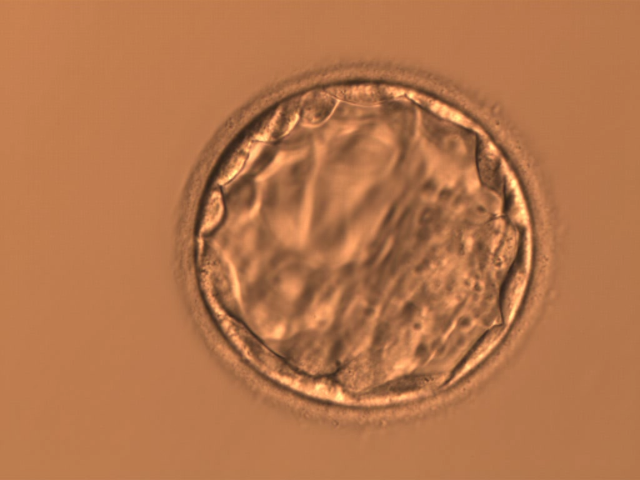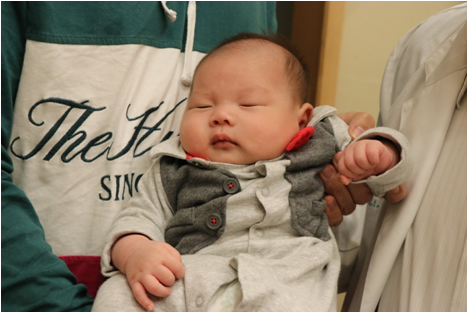Treatments
Embryo Freezing (cryopreservation): Procedure, Vitrification, Success Rate and Case Sharing
-
Embryo Freezing (cryopreservation): Brief Introduction and Procedure
What is Embryo Freezing? Embryo Freezing (referred to as "Frozen Embryo") is a method of artificial reproduction where fertilized embryos are cryogenically preserved outside the body. After thawing at the appropriate time, the embryos are transferred to the uterine cavity of the female through an embryo transfer procedure. According to statistics from the Taiwan Health Promotion Administration, the success rate of Frozen embryos is higher than that of Fresh embryos.
Embryo freezing in 5 steps
- Step 1: Pre-treatment Checkup
- Step 2: Ovulation Induction
- Step 3: Egg and Sperm Retrieval
- Step 4: Fertilization
- Step 5: Embryo Cryopreservation
Step 1: Pre-treatment Checkup
Before proceeding with Frozen Embryo, both partners need to undergo a comprehensive checkup to assess the fertility and overall health condition:For females For males Blood test (AMH, FSH)
Transvaginal UltrasoundSemen analysis Step 2: Ovulation Induction
Starting on the 2nd or 3rd day of the menstrual cycle, the female has to receive ovulation induction injection. Throughout this period, the female will need to undergo blood tests and transvaginal ultrasound. Dosages may be adjusted based on the situation.
Step 3: Egg Retrieval and Sperm Collection
Egg Retrieval Sperm Collection Egg retrieval procedure is scheduled 36 hours after the trigger shot. The egg retrieval procedure takes about 10 minutes and is done under general anesthesia through an intravenous infusion. The male needs to provide a sperm sample. Before sperm collection, male should abstain from ejaculation for three days to ensure the quality of the sperm sample. Step 4: Fertilization
Fresh sperm and eggs are directly sent to the IVF lab. Our embryologist will perform in vitro fertilization. The fertilized embryos will continue to be cultured in high-standard incubators for 1-5 days.
Step 5: Embryo Cryopreservation
The embryos will undergo vitrification and be preserved in liquid nitrogen tanks at -196°C.
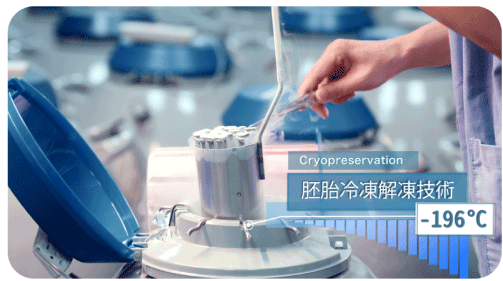
-
Embryo Freezing Method: Vitrification and Success Rate
Vitrification of embryo
What’s special about vitrification?
Vitrification is a freezing method that preserves embryos in a state between liquid and solid, preventing the formation of crystalline structures during freezing. The biggest concern of embryologists when handling frozen embryos is the formation of crystalline structures due to the water particles inside the embryos. These crystalline structures can damage organelles within the cells, affecting the function of the embryo and in severe cases, leading to embryonic death.
Conventional embryo freezing (slow freezing) involves gradually dehydrating embryos in a cryoprotectant and then lowering the temperature to -196°C for preservation. This process is slow, and the success rate after thawing is only around 80%.
Among the various freezing techniques used in the medical field today, Lee Women’s Hospital employs the “efficient” method of vitrification for frozen embryos. Vitrification rapidly dehydrates the embryo using a high-concentration cryoprotectant in a short period, followed by an ultra-fast cooling rate of about -23,000°C per minute to achieve a vitrified state.
Diagram of Frozen Embryo Process
Process Diagram 1 Place the embryos in cryoprotectant to dehydrate the cells and prevent the formation of crystalline structures during freezing, which could damage the embryos. 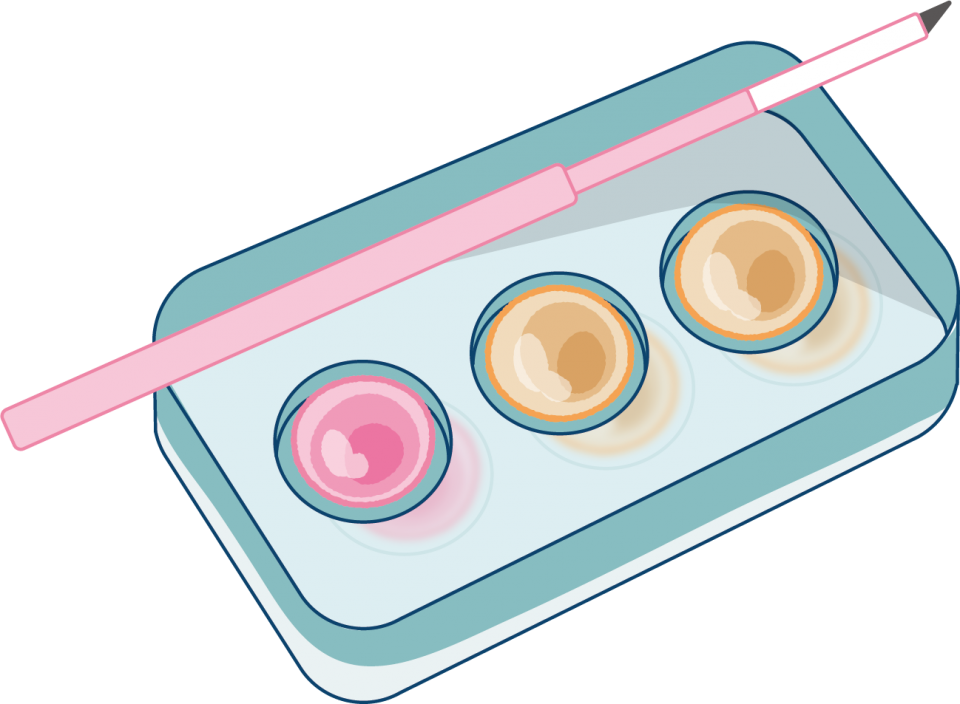
2 Place the embryos on a freezing straw. 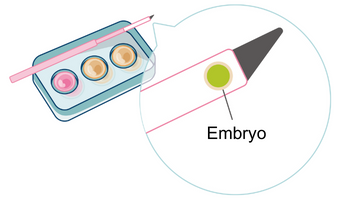
3 The embryologist quickly immerses the freezing straw with embryos in liquid nitrogen, achieving vitrification through ultra-rapid cooling (approximately -23,000°C per minute). 
4 Quickly transfer the freezing straw with embryos to long-term storage in a liquid nitrogen tank. 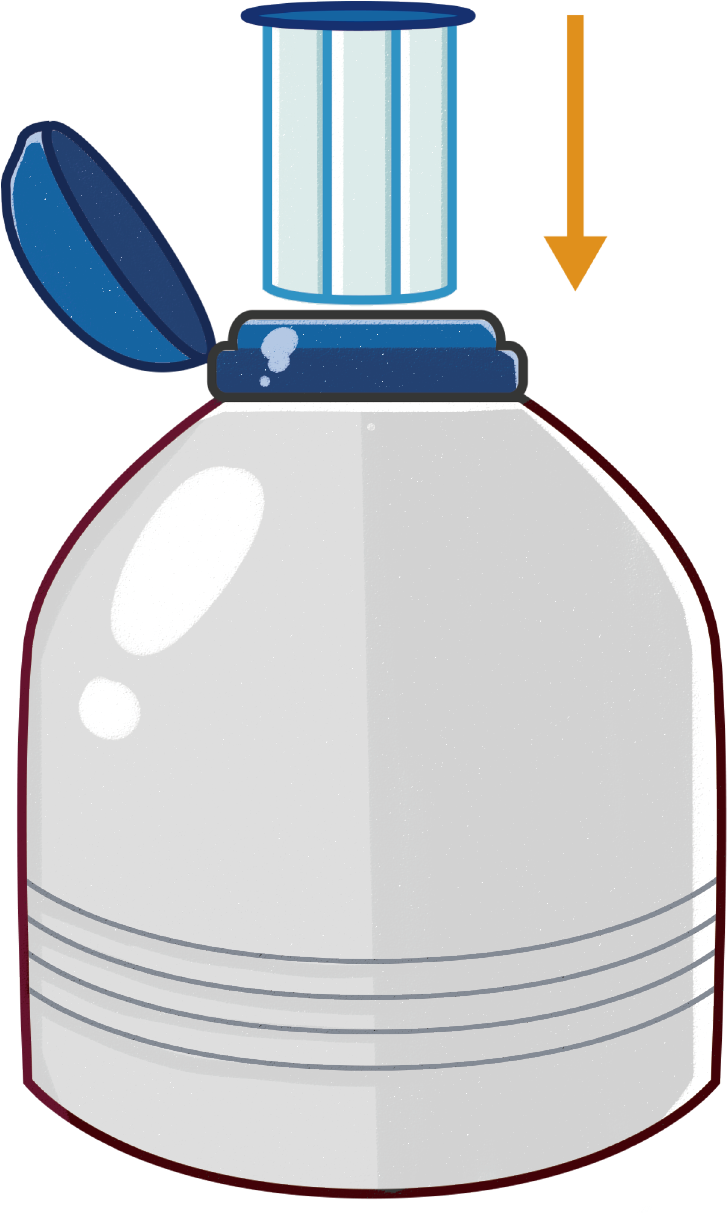
Frozen Embryo Thawing Success Rate
Fresh Embryos vs Frozen Embryos
Statistics from The Assisted Reproductive Technology Summary 2020 National Report of TaiwanYear Number of
Transfer CyclesPregnancy
RateLive Birth
RateFresh Embryo 2020 4,347 39.1% 27.4% Frozen Embryo 15,881 50.1% 37.7% Fresh Embryo 2019 5,045 38.4% 27.0% Frozen Embryo 15,975 49.7% 37.8% Fresh Embryo 2018 6,042 38.6% 27.8% Frozen Embryo 14,263 49.5% 37.4% Fresh Embryo 2017 7,873 37.2% 26.6% Frozen Embryo 13,274 47.0% 35.4% Fresh Embryo 2016 9,571 38.2% 27.4% Frozen Embryo 10,917 46.4% 34.5% Fresh Embryo 2015 10,804 37.8% 27.5% Frozen Embryo 8,604 47.1% 35.2%
Statistics from the Taiwan Health Promotion Administration (HPA) indicate that frozen embryos have been increasingly prevalent in recent years compared to fresh embryos. Additionally, frozen embryos have demonstrated significantly higher pregnancy and live birth rates (with a statistical difference of P<0.0001).
Lee Women's Hospital accounted for 12.7% of the 36,339 IVF treatment cycles in Taiwan in 2020 (the number of treatment cycles at LWH in 2020 was as high as 4,625). It has become a cornerstone of Lee Women's Hospital team's extensive experience in handling frozen embryos. When vitrification freezing technology started to become widely used in Taiwan's assisted reproduction field in 2008, the Taiwan Society of Reproductive Medicine organized the first vitrification workshop in 2009. The workshop, presided over by Dr. Maw-Sheng Lee and presented by Dr. Jun-Jia Huang of our hospital, emphasized the importance of high-standard embryo freezing techniques in the IVF process, safeguarding the rights and interests of IVF patients.
The Key of Successful Frozen Embryos
Why do frozen embryos require high-standard freezing methods?
Embryonic cells are larger in size compared to ova and sperm. If embryos are cultured to the blastocyst stage (D5), their volume becomes even larger. These embryonic cells need to undergo precise dehydration to ensure that no physical damage occurs due to the foration of crystalline structures. Only high-standard vitrification freezing techniques can guarantee that the entire embryonic cell functions properly after thawing.
Elements of Successful Frozen Embryos
Experience of Embryologists
Complex freezing procedures require execution by experienced embryologists. Lee Women's Hospital's team of embryologists includes several with doctoral qualifications and over 20 years of clinical experience, ensuring that every embryo is well frozen.
International-Grade Medical Equipment
Lee Women's Hospital has introduced international-grade medical equipment, from liquid nitrogen tanks for embryo storage to freezing straws for embryo carriers. Our IVF Lab maintains high standards for both medical materials and laboratory environments.
According to research, the cryopreservation speed of the cryotop carrier is 8.2 times faster than the standard straw carrier (Marco-Jiménez, 2016). Lee Women's Hospital utilizes Cryotech freezing equipment and reagents, which are FDA-certified, and chooses carriers with high freezing speeds such as cryotop and precisely designed culture dishes to minimize any potential loss.
Intelligent Laboratory Management
Lee Women's Hospital has implemented the high-standard Witness Electronic Verification System, providing ID chips for each step, from oocyte retrieval and sperm collection to freezing embryos. These chips record the data of the embryo parents and treatment progress. In our IVF lab, every step of the frozen embryo process is guaranteed by both the intelligent system and dedicated embryologists. -
FAQ about Frozen Embryo
How long can embryos stay frozen?
The technology for freezing embryos is well-established, and there is no technical limit on how long embryos can be stored. However, according to the “Assisted Reproductive Technology Act,” the maximum storage period for frozen embryos is 10 years.
Which day is best for embryo freezing?
Typically, we choose embryos from either Day 1 (2-cell stage, D1) or Day 5 (blastocyst, D5) for freezing. Although blastocysts (D5) have a lower formation rate, their extended development period results in higher embryo viability. Hence, D5 blastocysts are often preferred.
Do I need to take injections or medications before embryo implantation, and will I need heparin injections?
Before embryo implantation, we simulate the natural production of progesterone in the ovaries by using progesterone injections. Only if you have antiphospholipid antibody syndrome or some immune system disorders may recommend heparin injections as an intervention.
What do I need to prepare before embryo implantation? Do I need to take progesterone?
Before proceeding with frozen embryo transfer (FET), we recommend preparing the uterine lining condition. It may involve taking probiotics to adjust the uterine environment. Before the implantation, you will receive progesterone injections (or sometimes suppositories or oral medication) to create a suitable environment for the implantation.
Is the success rate of frozen embryo implantation high?
Based on clinical observations and statistics, fresh embryo transfer, despite not undergoing freezing, are exposed to various medications and injections during the egg retrieval cycle, which may affect the success rate of the uterine lining and embryo implantation. On the other hand, frozen embryo transfer (FET) allows for preparation of the uterine lining before implantation. Overall, the pregnancy success rates of frozen embryos and fresh embryos are similar. -
8 Reasons for Embryo Freezing and Case Sharing
8 Reasons for Embryo Freezing
Married couples can plan their future fertility schedule through frozen embryos. Infertility specialists recommend seizing the optimal fertility period between 25 and 35 years old, and embryo thawing is advised to be done before the age of 45 to reduce the risk of advanced maternal age pregnancy and parenting burden.
According to Taiwan's regulations on assisted reproductive technology, a maximum of four embryos can be implanted in an IVF cycle. The unused embryos can be preserved using frozen embryo technology for future pregnancies, eliminating the need for another egg retrieval process.
Some couples may face secondary infertility due to illness or aging, making it challenging to conceive a second child.
The successful implantation of embryos depends on various factors, including the uterine environment in women. Infertility specialists evaluate the uterine environment before embryo transfer. If the uterine environment is not optimal, considering freezing embryos and fostering the uterine environment beforehand can be beneficial.
Some gynecological disorders may be affecting the success rate of embryo implantation.
Many IVF cases require embryo biopsy for genetic screenings such as Preimplantation Genetic Testing for Aneuploidies (PGT-A), Preimplantation Genetic Testing for Monogenic Disorders (PGT-M), or Preimplantation Genetic Testing for Structural Rearrangements (PGT-SR). The process from collecting samples to obtaining the test results may take 2-3 weeks. During the waiting period for the embryo biopsy report, the embryos will be frozen for preservation.
Patients who are diagnosed with illnesses and may need to undergo treatments that could potentially impact fertility (e.g. chemotherapy, oophorectomy) can consider freezing embryos before treatment.
Married couples considering sterilization can freeze embryos beforehand to ensure a “second chance” at having children in the future.
Case Sharing: Our Frozen Baby
Planning for Future Pregnancy
Shortly after Lee Women's Hospital opened its doors, the Mr. and Mrs. S couple came in for a consultation on frozen embryos. Fresh from their honeymoon abroad, they were preparing to start their married life. As they were 33 years old, both sets of parents had urged them to have children. After learning from the news that they could freeze embryos after marriage, they immediately came to Lee Women's Hospital for a consultation.
During their first visit to Lee Women's Hospital, Dr. Maw-Sheng Lee, the hospital's director, provided professional advice to Mr. and Mrs. S, leading them to decide on freezing embryos that very day. The couple underwent the egg retrieval and sperm collection processes, and the fertility center at Lee Women's Hospital successfully fertilized the eggs. In the end, they had 7 healthy embryos frozen for future use.
The Frozen Baby Crossing 3 Years
Three years later, Mr. and Mrs. S returned to Lee Women's Hospital. During this time, they bought a new house and enjoyed three blissful years. Now, they were ready to welcome a new family member. Dr. Lee performed a uterine hysteroscopy for Mrs. S to ensure her uterine cavity was in good condition and evaluated the number of embryos for implantation.
As Mrs. S had a healthy uterus and the frozen embryos from three years ago were of good quality, to reduce the risk of multiple pregnancies, it was decided to implant only one embryo. The rest of their story was like any other expectant parent's journey—from the joy of a positive pregnancy test to experiencing the challenges of pregnancy and the nervous anticipation before delivery. In the nursery, their baby was just as tender and precious as any other baby, with the only difference being that he was a frozen embryo "crossing" over from three years ago.
